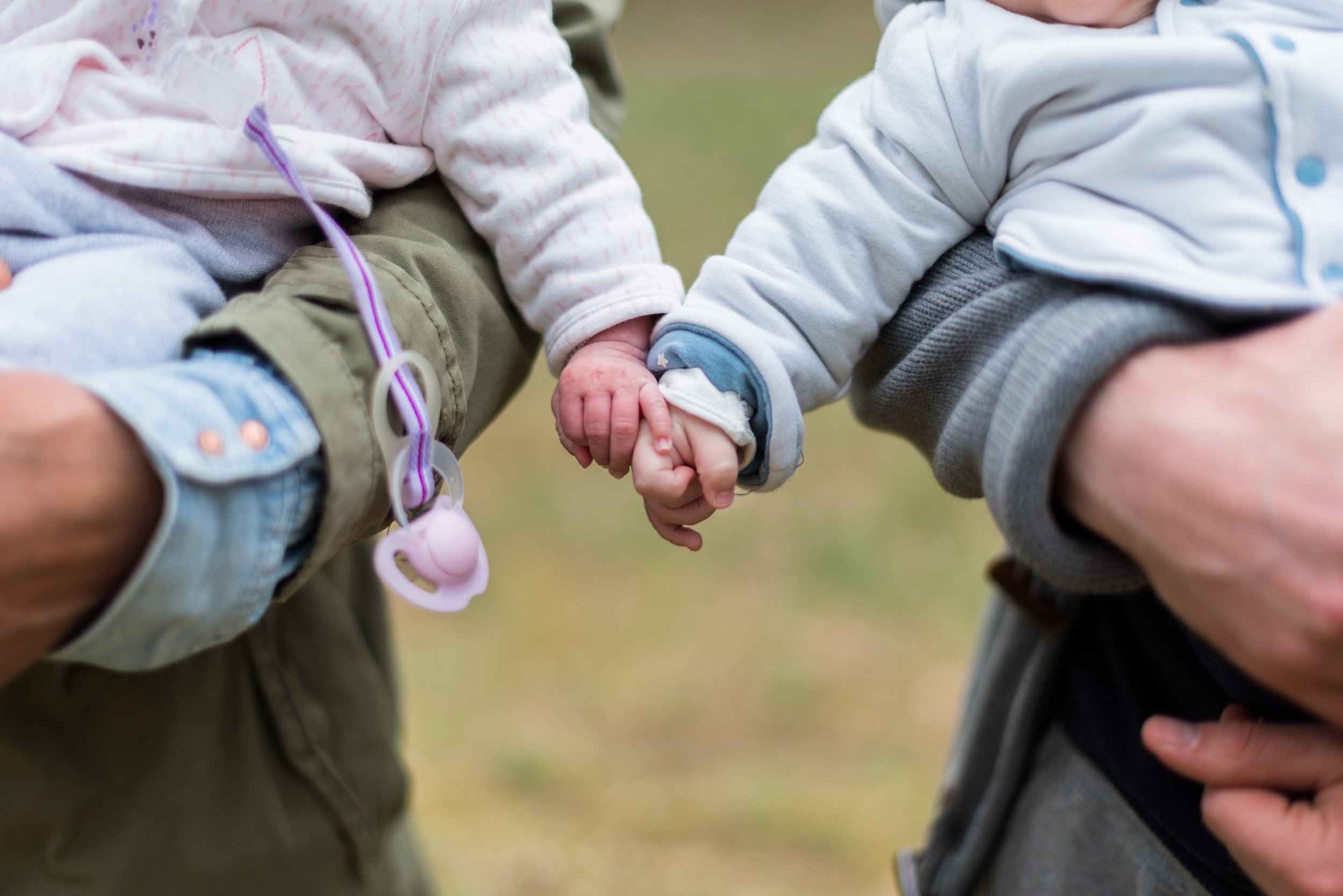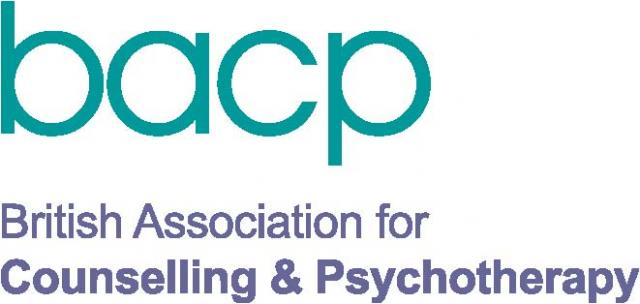What attachment style am I?
/Attachment in children
When we are born we rely on our parents or caregivers to protect, care and look after our emotional as well as physical needs. Babies bond with their caregivers when these needs are met and it is this ‘attachment’ that enables children to regulate their emotions, to trust and love others, to become aware of the feelings of others and to develop healthy future relationships.
A child may fail to form a secure attachment if, for example, they get no response or comfort when they cry, are hungry or need changing. This may occur as a result of the caregiver being physically or emotionally unavailable, perhaps through illness or mental health issues. When this bond is not developed, children can go on to develop behavioural issues. As adults they may experience difficulties in their social and intimate relationships as well as mental health issues.
A parent or caregiver's provision (or lack of) will develop into an attachment style that could remain with us into adulthood.
Attachment styles in babies
After the Second World War, British psychologist John Bowlby looked at the significance of the relationship babies have with their mother: why do they become emotionally attached and experience emotional distress when separated from them? Developmental psychologist Mary Ainsworth then looked at separation anxiety, stranger anxiety and behaviour on reunion in babies. From this she identified three primary attachment styles:
- Secure
- Anxious-ambivalent
- Anxious-avoidant
A fourth, ‘Disorganised’ was added later
Secure babies
The securely attached child feels safe to explore their environment knowing that they have their parent as a safe base to return to if necessary. As long as the primary caregiver is present they will engage with a stranger although they show distress if left alone with them. When the parent returns, they are visibly happy.
Anxious-ambivalent babies
This child will be less inclined to explore their environment and is wary of strangers whether their parent is present or not. When the parent leaves, the anxious-ambivalent child will often become very distressed. On the parent’s return, however, the child will show either anger or helplessness towards them.
Anxious-avoidant babies
This child shows little emotion when the parent leaves and little interest when they come back. They are less interested in exploring and more likely to simply avoid the stranger.
Disorganised babies
In a disorganised attachment the parent is a source of fear.
Attachment in Adulthood and Impacts on Choosing Romantic Partners
Attachment can explain the way in which we get our needs met. Your attachment style in adulthood is directly related to the way your primary caregiver cared for you and also your experiences in adolescence and adulthood.
Does our attachment history therefore influence our attachment style towards romantic partners in adulthood? The patterns that are established in early childhood continue as a working model for our adult relationships, continuing to impact on the way in which we relate to people - for example, the way in which we communicate and manage conflict. Often we will (unconsciously) look to recreate these familiar attachment patterns in relationships, confirming our model even though this may cause hurt and is not in our self-interest.
Our behaviour and emotions in adult relationships is often dictated by the attachment styles that were embedded in us from a young age.
Attachment styles in Adults
Four different attachment styles thus develop in adults. These are...
- Secure
- Anxious-preoccupied
- Anxious-avoidant
- Fearful-avoidant
Here's what those attachment styles typically look like for people.
Secure
Securely attached adults feel safe and connected with their partner. They can go to them for comfort when needed and will offer comfort when their partner feels distressed or anxious. Their relationships are likely to be open and loving whilst allowing personal space.
Anxious-preoccupied
Those with an anxious-preoccupied attachment need to be with their partner all the time in order to feel close to them. Their clingy, demanding behaviour and need for constant reassurance conversely often serves to push the partner away. They are most likely to be drawn to someone who tends to isolate themselves and is hard to connect with.
Dismissive-avoidant
The dismissive-avoidant adult is more emotionally distant. In order to get their needs met they must act as though they do not have any and their defence mechanism may be to ‘shut down’ emotionally. They are more likely to be drawn to someone who is demanding of their attention and is possessive.
Fearful-avoidant
Those with a fearful-avoidant attachment find being too close or too distant equally overwhelming. They have a fear of both abandonment and intimacy, thus, whilst there is a need to go to their significant other to get their needs met there is a real fear that if they get too close they will get hurt. The best defence, therefore, is to try and avoid feelings and to keep them at bay.
Counselling and attachment styles
Counselling can help you to recognise your attachment style and to see the impact this is having on your intimate relationships. You can work towards changing your attachment style to enable you to have secure attachments and to become close and emotionally connected to others. Having this knowledge can help you to be more aware of these patterns and so can help gain clarity, which in turn will help you to develop and maintain healthy relationships with the people that are important to you.






